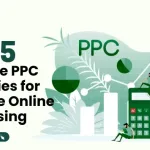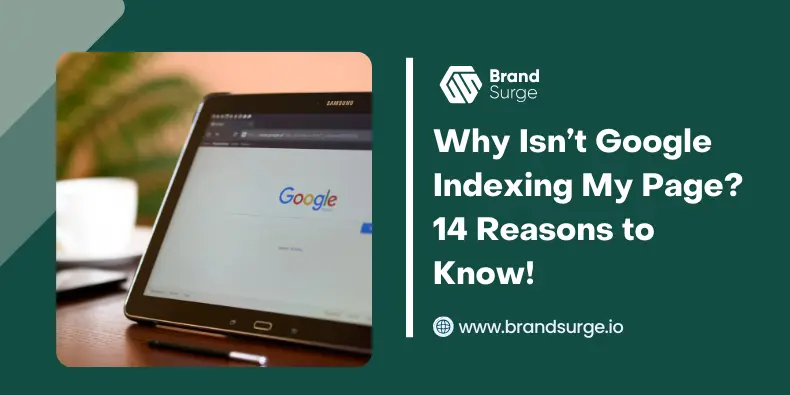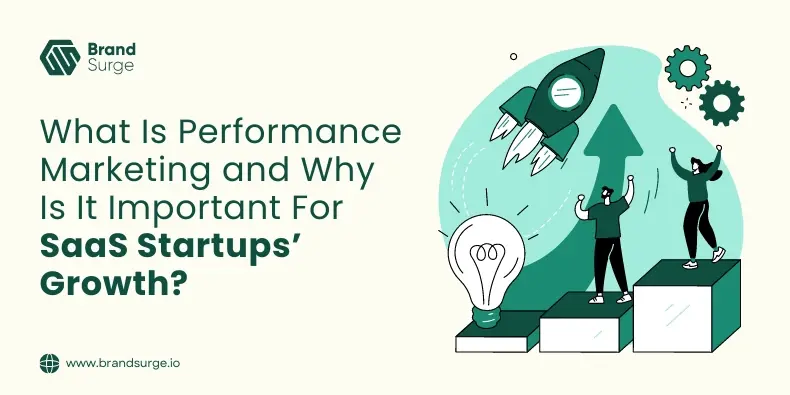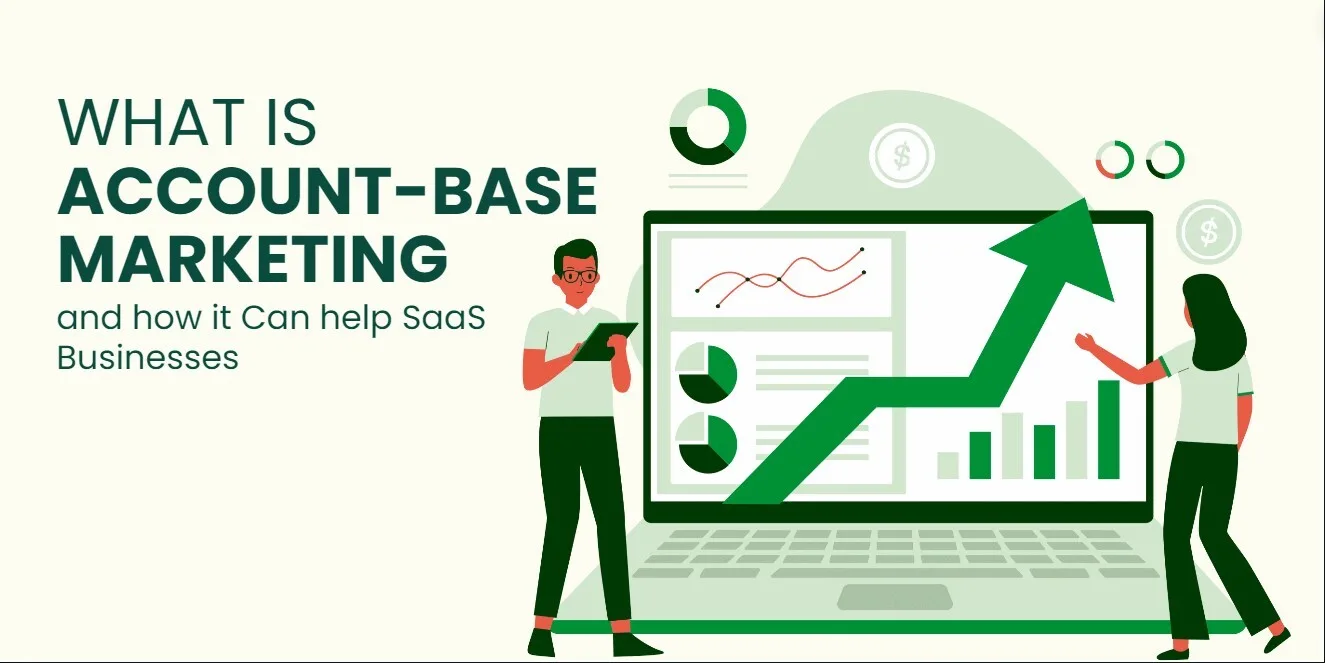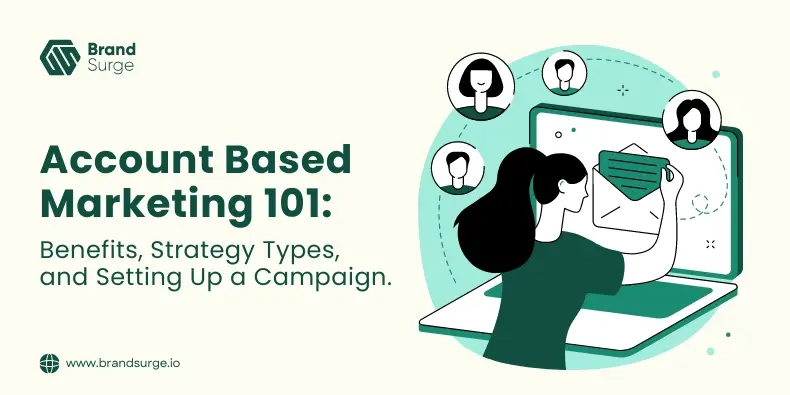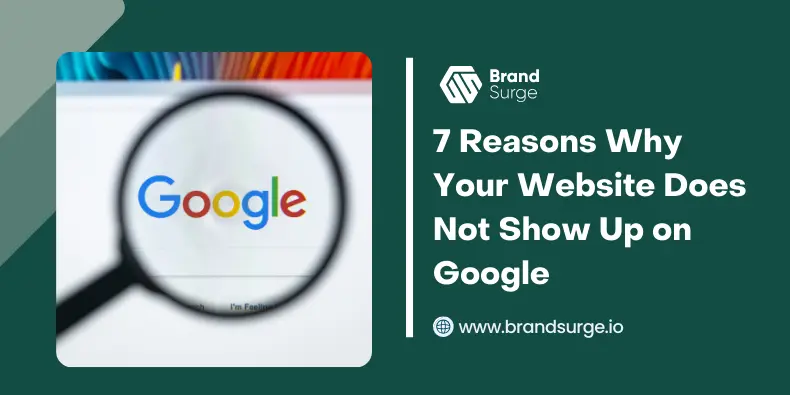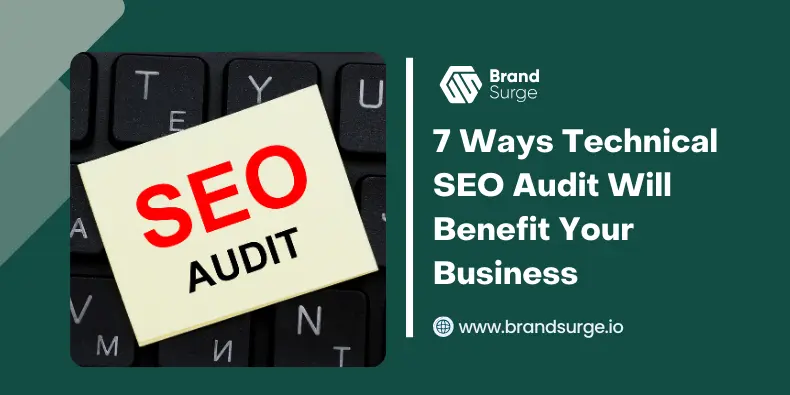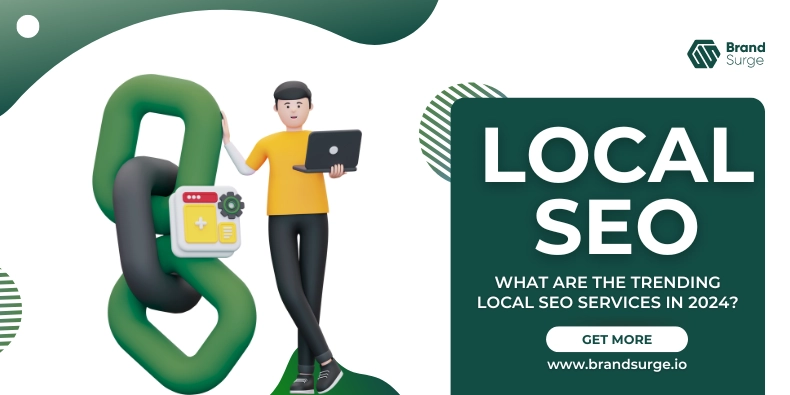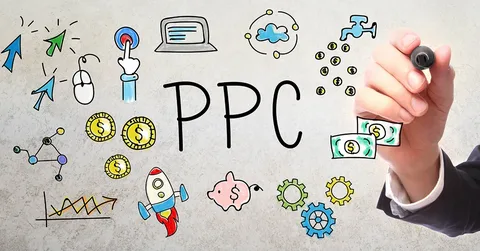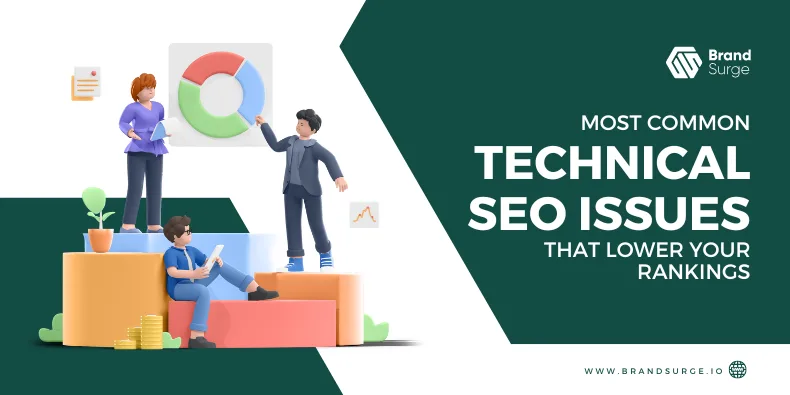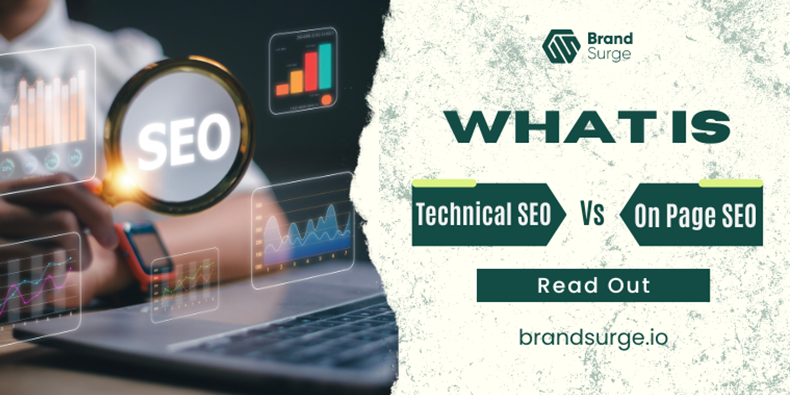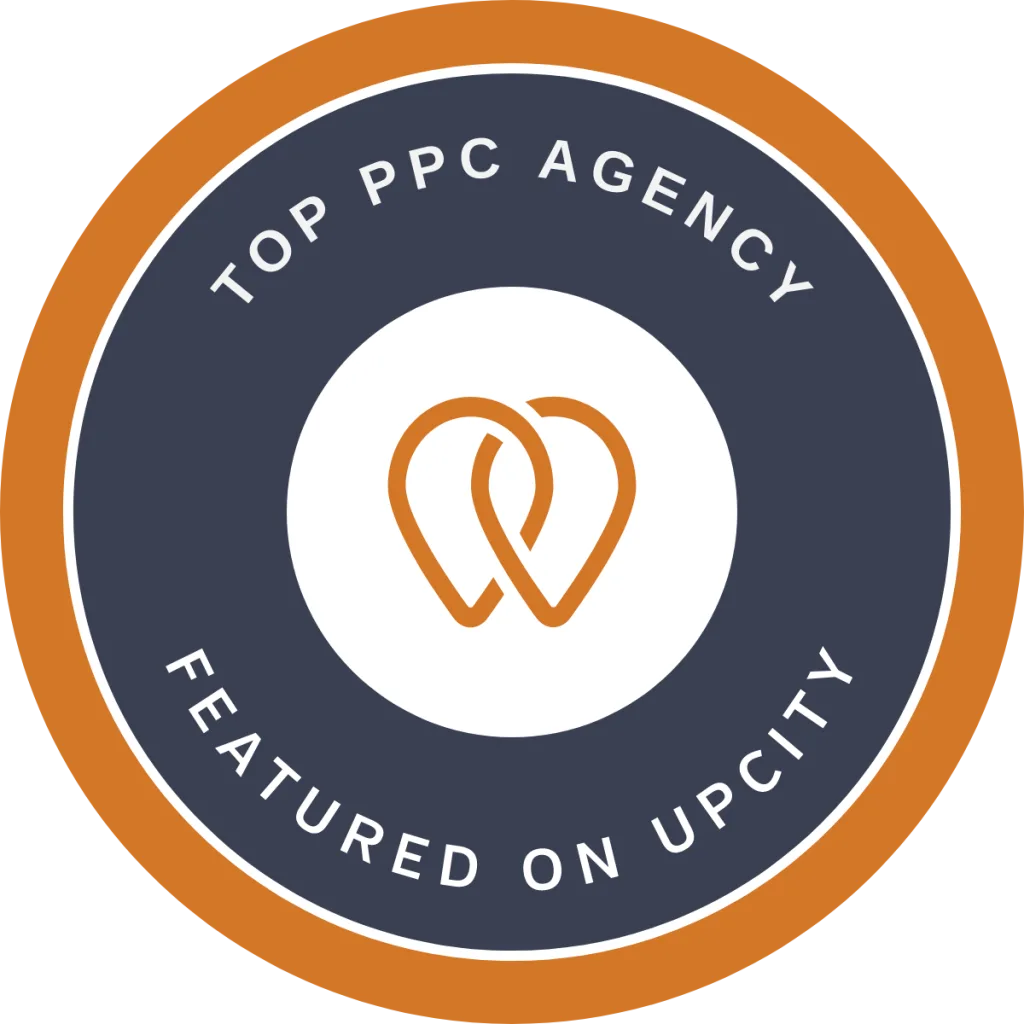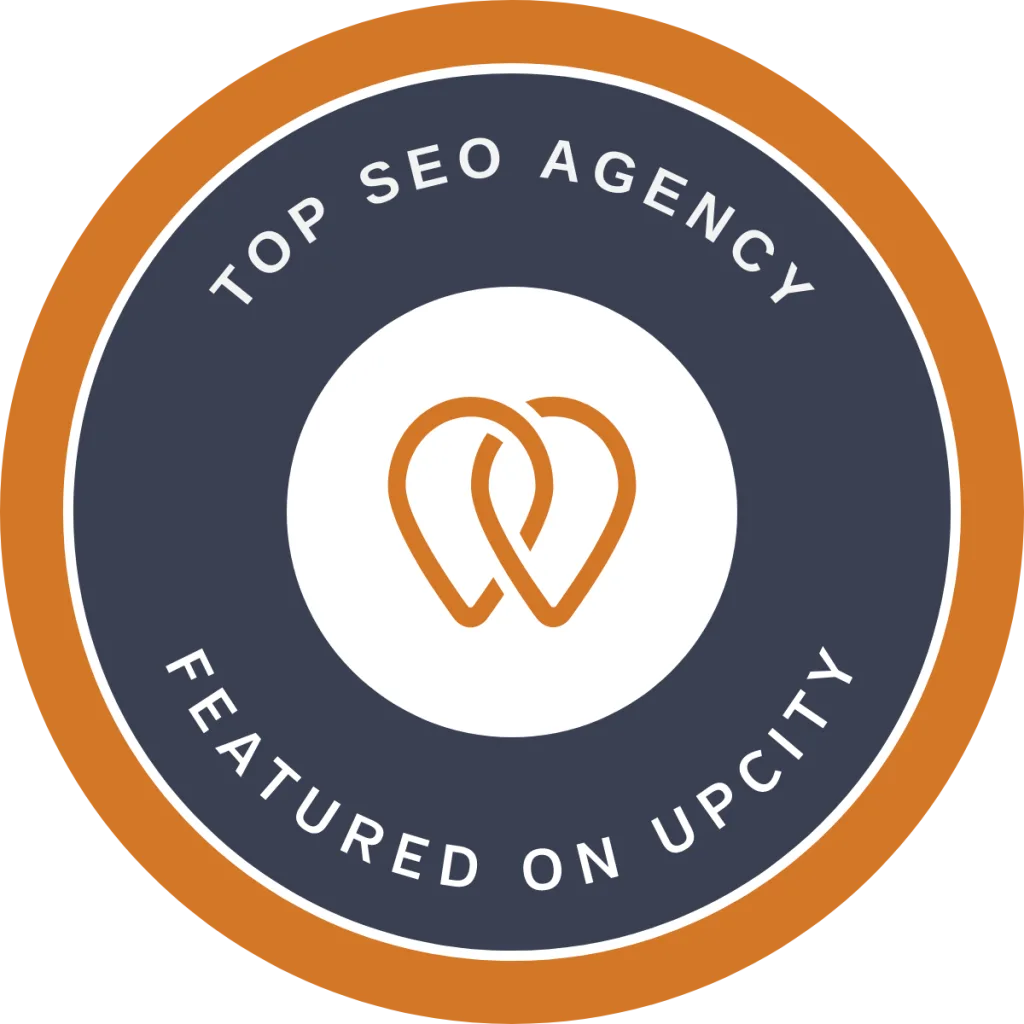As you delve into the intricacies of online marketing and branding services, one term you will undoubtedly encounter time and again is ‘SEO.’
Search Engine Optimization (SEO) is a strategic cornerstone for any digital marketing effort. But understanding SEO and how SEO works is a task easier said than done. That’s where we step in. In this guide, we’ll break down SEO best practices that actually deliver results. We’ll help you understand what SEO is, how it works, and how you can leverage it for your business using white-label SEO services.
So let’s dive in deeper.
What are SEO Best Practices (That Actually Work)?
There are numerous techniques but the ones that can be said as SEO best practices subjectively depend upon your business goals, target audience, and existing situation of your business online presence. So let’s explore different techniques and understand what factors are crucial to consider – and still which strategies are bound to drive you traffic, irrespective of every other factor.
Quality Content is King
Original, engaging, and useful content still surpasses everything.
Content is what your users and crawlers see, and if it’s qualitative SEO optimized, “Creating a Content Marketing Strategy that Delivers Results” it would definitely get you the desired results. So make sure you invest proper resources and energy into creating high-quality content. Always remember, your content should be written for humans first, then optimized for search engines.
Optimize Page Titles and Meta Descriptions
Page titles and Meta descriptions offer a sneak peek into your content for both search engines and users.
They are like a window to your landing page, and if it’s persuasive enough, they can easily convince your target audience to click and get you the required traffic.
So always make sure to keep these elements keyword-optimized and descriptive, as they can drastically improve your page’s click-through rate.
Mobile Optimization
Today, more than half of all web traffic originates from mobile devices, leading to the advent of Google’s mobile-first indexing.
So why does it matter? Websites have different layouts and speeds for desktop and mobile versions. Therefore, your website must be mobile-friendly, providing an exemplary user experience, no matter what device your visitor is using to access your website.
Page Speed Optimization
Any type of optimized website can drive traffic, but only the sites with good page speed can retain an adequate number of quality leads.
It’s not surprising as our attention span has significantly decreased over the years – thanks to social media platforms like Facebook, TikTok, and YouTube that give us quick boosts of dopamine. So people don’t like to wait on websites unless it’s absolutely necessary for them.
As per the Unbounce study, up to 70% of consumers admitted that speed of the webpage impacts their willingness to buy from an online store. What does it explain?
Page speed can make or break your success rate! Don’t underestimate it.
The faster your website’s load time is, the happier your visitors will be. In simple words, when you optimize your web page’s load time, you can expect to see improvements in user experience, conversion rates, and, resultantly, sales revenue.
According to a 2019 study by Portent, up to 4 second load time is best for conversion rates, and the first five seconds of load time of the page have the highest impact on conversion rates.
Use Header Tags
A properly structured webpage can help make navigation easier and effectively persuade users to take the required action.
HTML tags are used to differentiate the headings and sub-headings of a page from the rest of the content.
Header tags, in simple words, help organize your content and make it easier for visitors to read. They also provide keyword-rich context about your content for search engines.
Incorporate Internal and External Links
Internal and external linking from your website and other authentic sources can really help build up your domain authority and maintain relevant traffic to your website
So don’t shy away from linking internally to other pages on your site and externally to high-authority sites boosts SEO by providing further context and improving user engagement.
Well-placed internal links will help spread link equity and ensure your pages are indexed and ranked faster (and better), while carefully considered external links will increase the trustworthiness and authoritativeness of your website.
You can build a content strategy for structured internal linking and include external links from websites with high domain authority from your field for the best impact.
Use Alt Text for Images
Alt text, short for alternative text, is an essential aspect of SEO strategy often overlooked, but its role in enhancing website accessibility and visibility is undeniable. Essentially, alt text is a brief description of an image, which serves two primary purposes.
It aids visually impaired users who rely on screen readers to access online content. By providing an accurate description of the image content, alt text ensures that these users can understand the context of the image, enhancing overall website accessibility.
Moreover, alt text improves SEO performance. Search engines, although increasingly sophisticated, still cannot ‘see’ images like humans can. Rather, they rely on the alt text to understand the content of the image.
By accurately describing your image using relevant keywords, you signal to the search engine what the image – and by extension, the page – is about. This boosts the chances of your page appearing in image search results, driving more traffic to your site.
Furthermore, alt text can improve the overall user experience. In instances where an image fails to load on a user’s screen, the browser will display the alt text in its place, providing the user with context that would have otherwise been lost.
Implement Structured Data
Structured data guides search engines and helps users better understand your content and can lead to rich results, enhancing your website’s visibility and click-through rates.
By following these SEO best practices, you can improve your search rankings, attract more traffic, and grow your business online. But if you feel overwhelmed, consider hiring Brand Surge professionals and get our white label SEO services. Our experts will handle all the SEO strategies for you, allowing you to focus on what you do best — running your business.
Remember, the ultimate goal of SEO isn’t just about earning top rankings on search results—it’s about driving qualified traffic that converts into sales.
Whether you choose to handle SEO in-house or outsource it to professionals, including a reputable digital marketing agency, remember that successful SEO requires time, effort, and patience.
However, the rewards — in terms of increased visibility and web traffic — can be significant. Stay the course, and success will follow. Search engine optimization can seem like a tough nut to crack, but with patience, strategy, and a bit of technical know-how, it’s more than possible. It’s a pathway to success. Make the journey and enjoy the rewards.
What is the role of alt text in understanding SEO?
Alt text plays a significant role in understanding SEO as it helps search engines interpret the content of images on your website. By providing a clear, concise description of your image content, alt text can enhance your visibility in search engine results and improve your overall SEO performance.
How SEO works?
SEO is the process of improving the quantity and quality of traffic to a website from search engines. It works by optimizing various aspects of a website to make it more approachable to search engines, which can result in higher rankings in search engine results pages (SERPs).
Can alt text contribute to white label SEO services?
Absolutely, alt text is a crucial element of any comprehensive SEO strategy, including white label SEO services. As an SEO best practice, optimizing alt text can improve a website’s ranking in search results, making it a valuable offering in any white label SEO service package.
Alt text plays a significant role in understanding SEO as it helps search engines interpret the content of images on your website. By providing a clear, concise description of your image content, alt text can enhance your visibility in search engine results and improve your overall SEO performance.
SEO is the process of improving the quantity and quality of traffic to a website from search engines. It works by optimizing various aspects of a website to make it more approachable to search engines, which can result in higher rankings in search engine results pages (SERPs).
Absolutely, alt text is a crucial element of any comprehensive SEO strategy, including white label SEO services. As an SEO best practice, optimizing alt text can improve a website’s ranking in search results, making it a valuable offering in any white label SEO service package.


